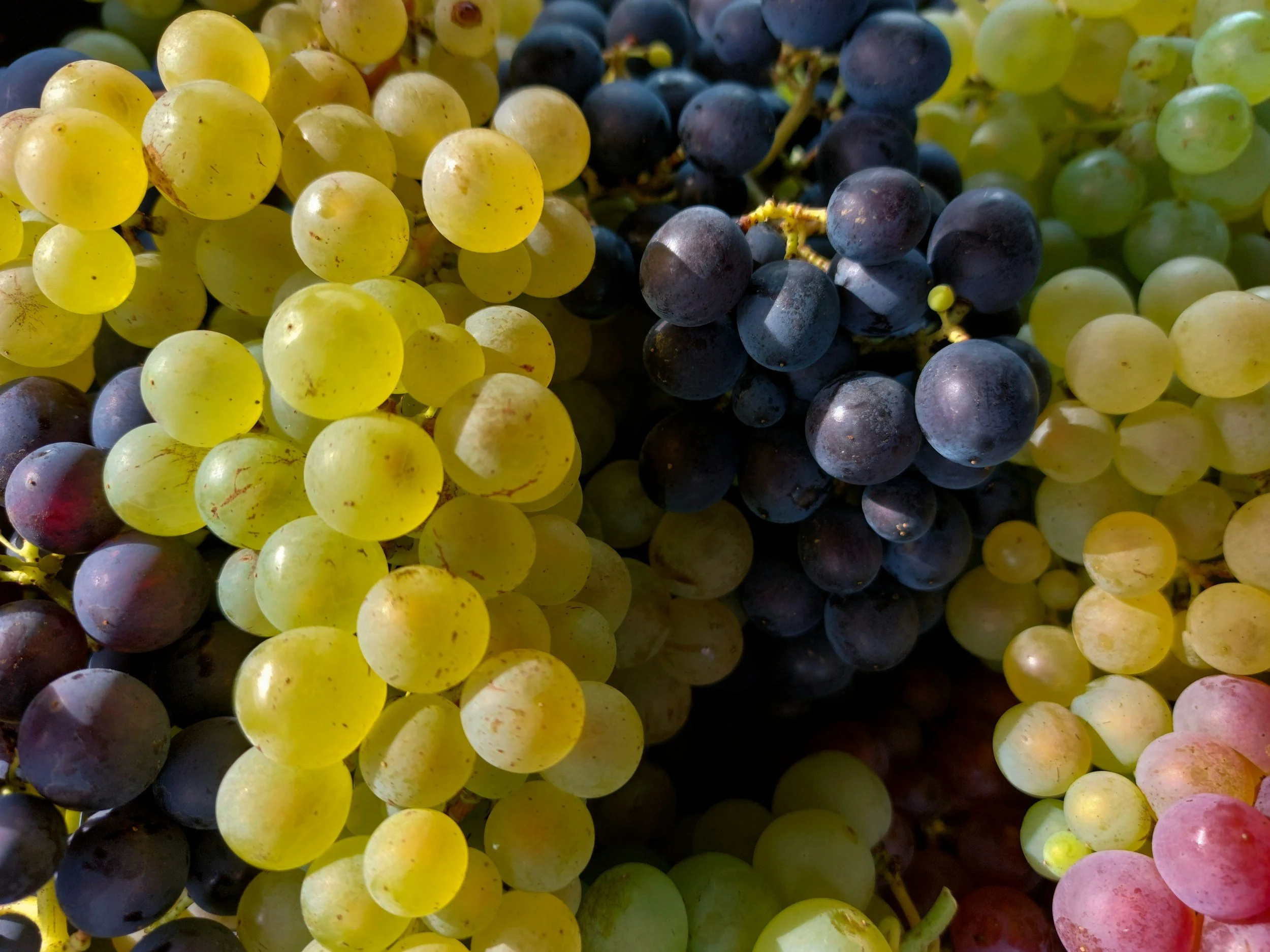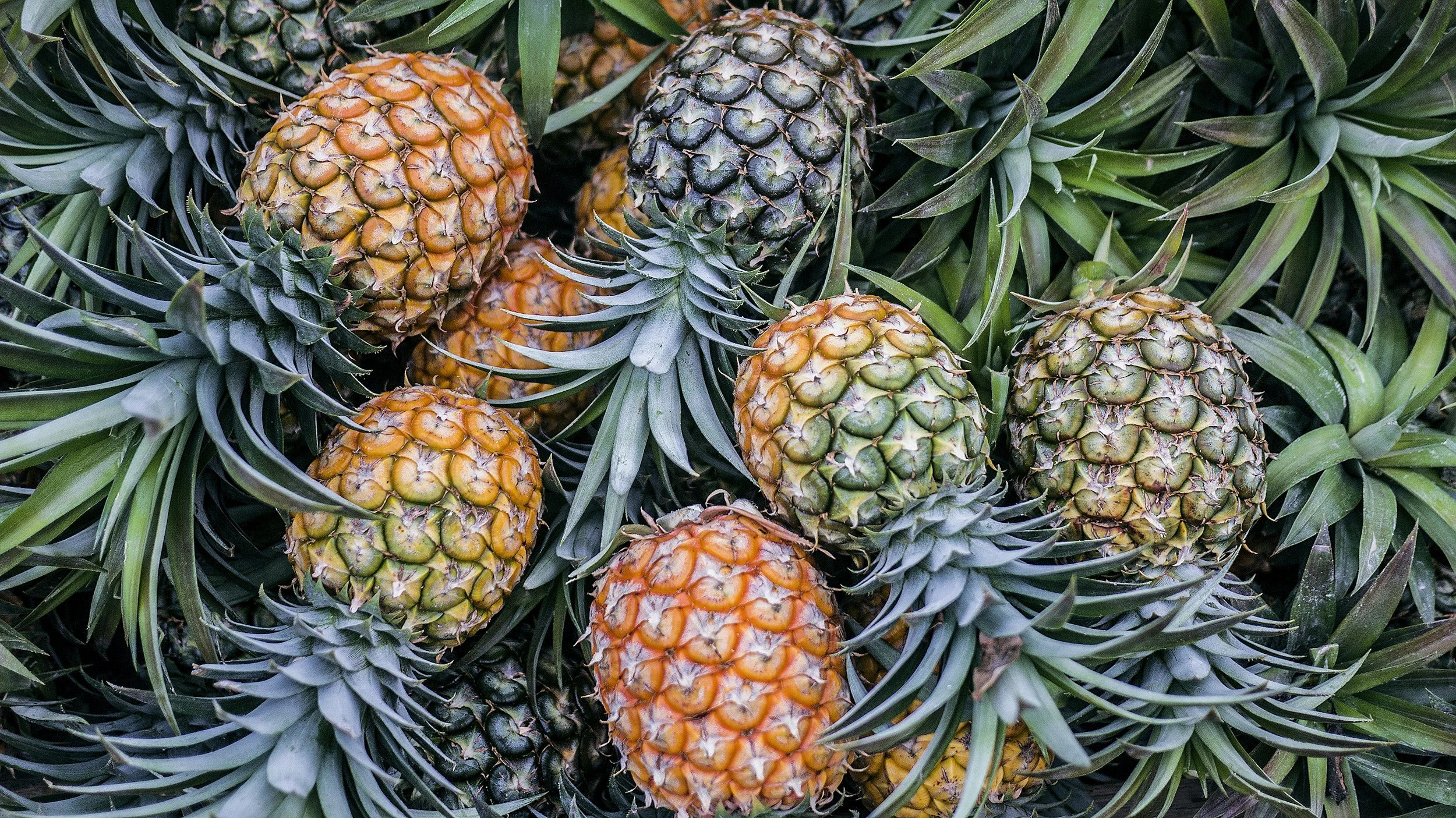The information provided on this website is intended for general informational purposes only. It is not intended to be a substitute for professional medical advice, diagnosis, or treatment. It does not take into account a person’s individual or specific health needs, including but not limited to, health status, allergies, medical conditions, prescribed medications and/or health supplements. You should always consult with your medical doctor or other qualified health provider to discuss your individual health needs.
The Dirty Dozen and Clean Fifteen
In this health insight we dive into discussing the ‘Dirty Dozen’ and the ‘Clean Fifteen’, two lists detailing fresh produce with either higher levels of pesticide residues (Dirty Dozen) or lower levels of pesticide residues (Clean Fifteen). We also touch on the importance of washing and/or peeling produce to reduce ingestion of pesticides and make further recommendations.
Dirty Dozen
The term "Dirty Dozen" refers to a list of twelve fruits and vegetables that, tend to have higher levels of pesticide residues when conventionally grown. Foods are regularly tested during each year, therefore the Dirty Dozen is updated annually, meaning the list of 12 foods is subject to change from time to time.
The idea behind the Dirty Dozen list is to raise awareness about pesticide exposure and encourage consumers to consider buying organic versions of these fruits and vegetables whenever possible.
Here is the typical Dirty Dozen (Australia) list:
Apples
Cabbage
Capsicum
Celery
Cucumber
Grapes
Lettuce
Mushrooms
Nectarines
Oranges
Strawberries
Tomatoes.
It's important to note that washing and peeling conventionally grown produce can help reduce pesticide residues, but it may not eliminate them entirely. Also, spraying and washing fresh produce with a mixture of white vinegar and water has been shown to be effective in eliminating peticides.
Choosing organic options for the fruits and vegetables on the Dirty Dozen list can be one way to reduce exposure to pesticides. However, access to organic produce, including socio-economic factors can make purchasing organic alternative difficult.
As part of a well-balanced diet, consuming a variety of fruits and vegetables is essential to optimise health and vitality, whether organic or conventionally grown, therefore the take away message here is to buy organic whenever possible (especially so for foods on the Dirty Dozen list), but to not feel guilty if you are unable to access organic alternatives (due to location, season or cost), instead purchasing non-organic produce. Just remember to wash fruits and vegetables with plenty of water or us a mixture of white vinegar and water.
Clean Fifteen
In contrast, the “Clean Fifteen” list consists of fifteen fruits and vegetables that tend to have lower levels of pesticide residues when conventionally grown. While it's still beneficial to choose organic produce whenever possible, these items are considered safer to consume in their conventional form.
Foods are regularly tested during each year, therefore the Clean Fifteen is updated annually, meaning the list of 15 foods is subject to change from time to time.
Here is the typical Clean Fifteen (Australia) list:
Asparagus
Avocados
Banana
Broccoli
Cantaloupe and honeydew melon
Carrots
Cauliflower
Eggplant
Kiwi
Onions
Papaya
Pineapple
Sweet corn (frozen)
Sweet peas (frozen)
Watermelon.
It's important to note that these lists are based on pesticide residue data and do not necessarily reflect the overall nutritional quality of these fruits and vegetables.
Another key take away here, if budget constraints are a factor, consider purchasing a mixture of organic and non-organic foods. For example, buying organic Dirty Dozen produce and non-organic Clean Fifteen fruits and vegetables.
The information provided on this website is intended for general informational purposes only. It is not intended to be a substitute for professional medical advice.
Schedule an appointment with a Naturopathic Practitioner at Optimal Vitality to learn more about how naturopathy can support you on your health journey.



